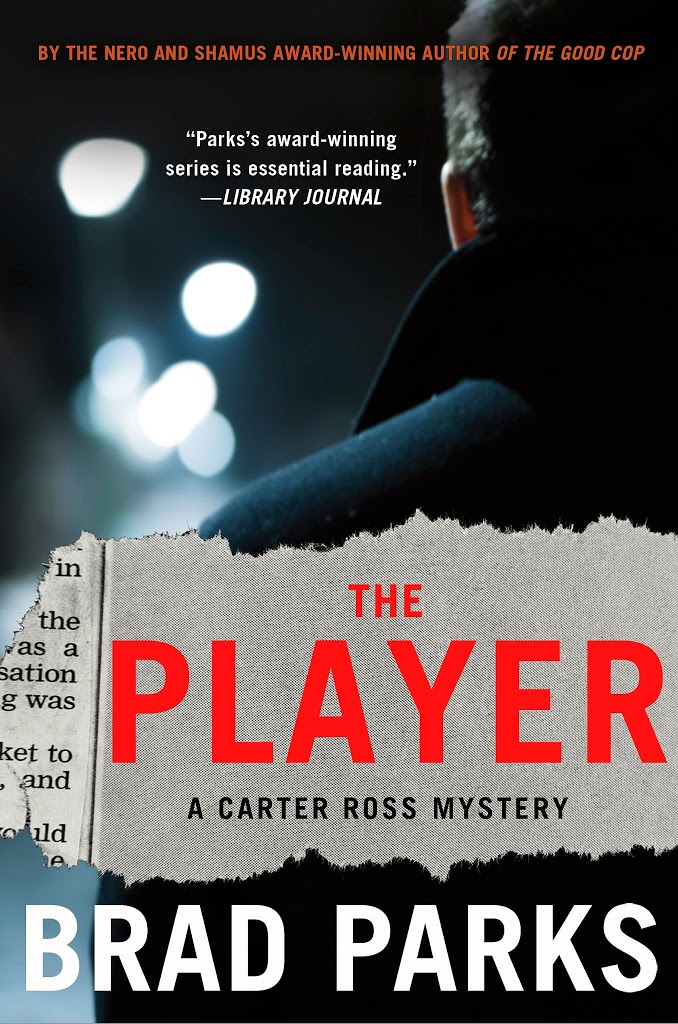By Elaine Viets

Last year, I started a new mystery series. It’s been a long road to publication, including five rewrites.
My editor liked my Angela Richman, death investigator series. But I longed to write another series set in south Florida.
Here’s the new cover.

In Sex and Death on the Beach, Norah McCarthy owns the Florodora apartments. Plumbers repairing the pool discover the body of porn star Sammie Lant, notorious for having sex on the beach with a college football star. When more bones are uncovered, Norah is shocked to her core.
When I start a new series, I have to answer five questions: who, what, where, when and why.
Who is my main character? She’s Norah McCarthy, age 41. Norah owns the most exclusive apartment building in Peerless Point, Florida. The Florodora is more than a hundred years old, the first apartment building in this south Florida beach town between Fort Lauderdale and Miami.
You don’t need money or social status to rent an apartment at the Florodora. You must be a member of a more exclusive group. You have to be a genuine Florida Man or Woman. You’ve seen the headlines: “Florida Man Busted with Meth, Guns and Baby Gator in Truck.” Or: “Florida Woman Bathes in Mountain Dew in Attempt to Erase DNA after Committing Murder.”
Yes, those are real headlines.
Norah is descended from an early Florida Woman, her grandmother, Eleanor Harriman.
Grandma always had a soft spot for scapegraces, since she was one herself. She was a Florodora Girl, a superstar chorus girl a century ago. Grandma was in the 1920 Broadway production of Florodora, before she eloped with handsome Johnny Harriman, a millionaire, back when a million was real money. She was married at sixteen and madly in love.
When Norah was old enough, Grandma told her about poor Johnny’s accidental death, which involved a champagne bottle and a chandelier.
“I loved that man,” Grandma said. “I’m glad he died happy.”
Johnny’s death made Grandma a rich widow at seventeen. She moved to south Florida and built an apartment building right on the ocean in 1923, on a narrow barrier island.
What am I writing? A funny cozy mystery.
You’d be surprised how many mystery authors aren’t sure if they’re writing a cozy, a thriller, or a traditional mystery. Answering this question will set the tone and pace for your novel.
Where is it set? This Florida Beach series is set in mythical Peerless Park, a beach town between Fort Lauderdale and Miami, which has much in common with Hollywood, Florida, where I currently live.

When is it set? Right now in the present day, with occasional trips back in time when Norah’s grandmother was still alive.
Why write a new series?
Let me tell you about my latest walk on Hollywood beach, near my home. I was on the Broadwalk. That’s not a typo, that’s what the city calls the wide walkway of pink pavers along the beach.
It was close to sunset on a sparkling bright day. The light was soft, the air was brisk, and the sky was smeared shades of flamingo pink and purple.
Against this colorful background, I heard German, English and Spanish. I saw a smiling shirtless man wearing earbuds dance the mambo on the Broadwalk. He followed the steps perfectly: Step. Pause. Other foot. Pause. And repeat.

Right after the mambo dancer, another man was loading a stunning macaw with long indigo tailfeathers into his van. A third man was rocking gently in a rainbow-colored hammock.
And last, but not least, four people were setting up for a beach wedding, assembling a five-feet tall rose petal heart as the backdrop for the couple’s seaside ceremony.
I wanted to write about Florida’s life and color. That’s how my Florida Beach series was born. Yes, I know there’s much to dislike about Florida, from the humidity to the hurricanes and more. Look at any news site, and you’ll find at least one story proving some residents of the Sunshine State are a little dim.
But Florida has its own brand of wackiness that appeals to someone with a slightly skewed sense of humor.
Like me.

Preorder your copy of Sex and Death on the Beach here: bit.ly/3W6Y2Rp


